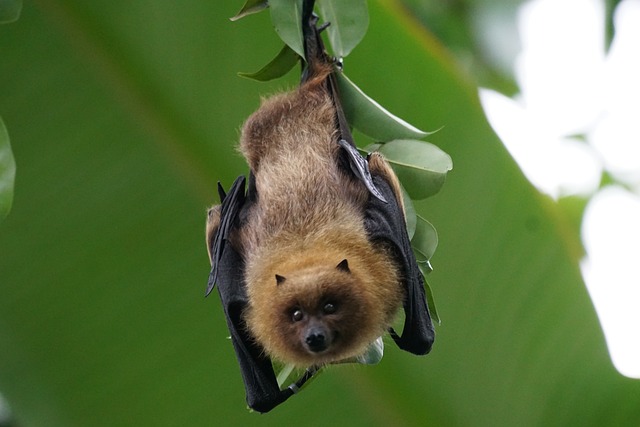Bats are one of the most fascinating creatures in the world, with their unique features and behavior captivating both scientists and enthusiasts alike. From their impressive echolocation abilities to their role in pollination and insect control, these creatures are truly remarkable. In this article, we will explore the top 10 facts about bats, shedding light on their biology, behavior, conservation, and more.
Bats are the only mammals capable of true flight
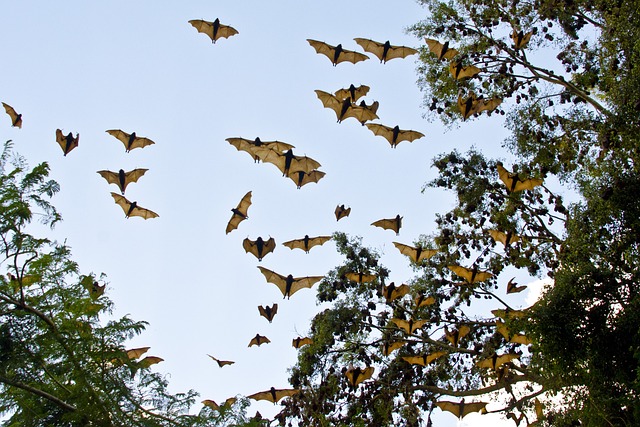
Bats are the only mammals that can truly fly, with their wings made up of skin and bone. While other mammals such as flying squirrels and gliding possums can glide through the air, bats are the only ones capable of sustained flight. Their wings are supported by elongated fingers and can be folded when not in use, allowing them to maneuver through tight spaces and fly at incredible speeds.
There are over 1,400 species of bats
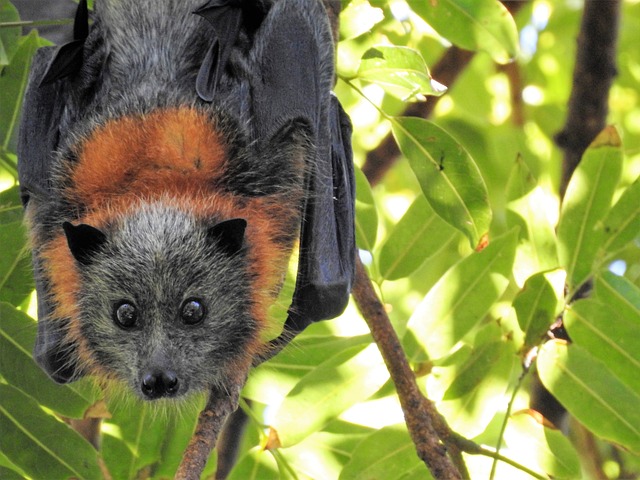
Bats make up a diverse group of mammals, with over 1,400 species known to exist around the world. They are found on every continent except for Antarctica, with the highest diversity of species in the tropics. Bats can range in size from the tiny bumblebee bat, which weighs less than a penny, to the giant golden-crowned flying fox, which has a wingspan of up to six feet.
Bats play an important role in pollination
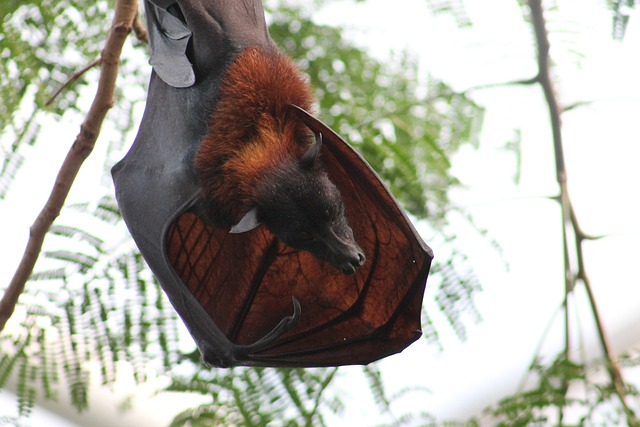
While many people may associate pollination with bees, bats also play an important role in the process. Many species of bats feed on nectar and pollen, with their long tongues and specialized teeth allowing them to reach deep into flowers to extract nectar. As they move from flower to flower, they transfer pollen, helping to fertilize plants and ensure their survival.
Bats are crucial for insect control

Bats are voracious insect eaters, consuming vast quantities of insects every night. In fact, some species of bats can consume up to 1,200 mosquitoes in an hour! This makes them a valuable ally in the fight against insect-borne diseases such as malaria and dengue fever. By controlling insect populations, bats help to maintain the delicate balance of ecosystems around the world.
Bats use echolocation to navigate and hunt
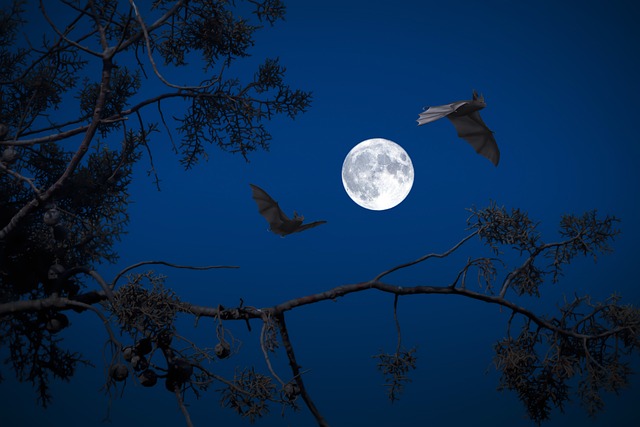
One of the most remarkable features of bats is their use of echolocation. By emitting high-pitched sounds and listening for the echoes that bounce back, bats can create a detailed map of their surroundings. This allows them to navigate through the dark and locate prey with incredible precision, even in complete darkness.
Bats have a unique way of sleeping
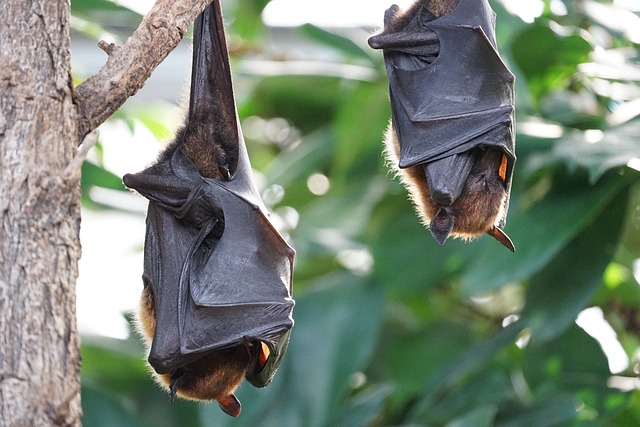
Bats have a unique way of sleeping, with many species roosting upside-down. This allows them to take off quickly if a predator approaches, while also conserving energy. Bats also enter a state of torpor during periods of food scarcity, reducing their metabolic rate and conserving energy until food becomes available again.
Bats have a diverse range of diets
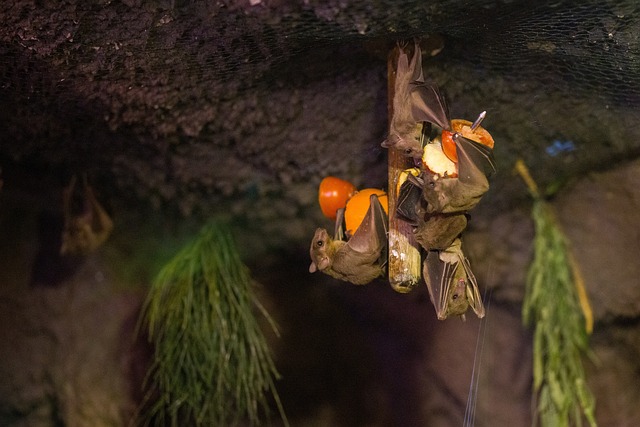
While many species of bats feed on insects, others have more diverse diets. Some species are fruit-eaters, helping to disperse seeds and ensure the survival of plant species. Others are carnivores, feeding on other small mammals, birds, and even fish.
Bats have been around for millions of years
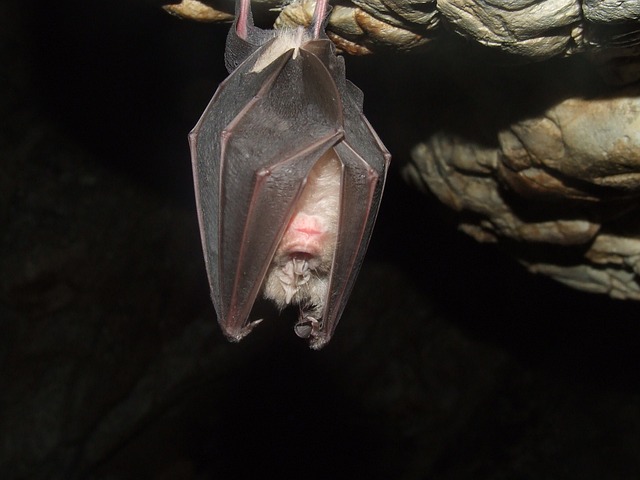
Bats have been around for a long time, with fossil evidence indicating that they have been around for at least 50 million years. The oldest known bat fossil dates back to the early Eocene period, around 52 million years ago. Over time, bats have evolved to fill a variety of ecological niches, from insect-eaters to fruit-eaters and beyond.
Bats face threats from habitat loss and disease
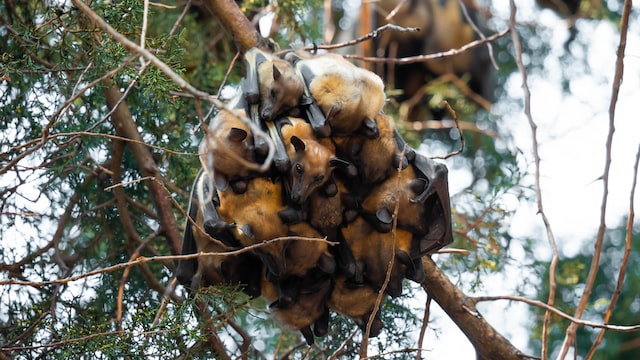
Despite their ecological importance, bats are facing a number of threats in the modern world. Habitat loss due to deforestation and urbanization is a major concern, as is the spread of disease such as white-nose syndrome, which has decimated bat populations in North America. Climate change may also have an impact on bat populations, as changes in temperature and rainfall patterns can affect their food sources and roosting sites.
Bats are important to human cultures around the world

Bats have played an important role in human cultures around the world for centuries. In many cultures, bats are associated with good luck, wealth, and prosperity. In others, they are seen as symbols of death and darkness. Bats are also important in traditional medicine, with some cultures using bat parts to treat a variety of ailments.
In conclusion, bats are truly fascinating creatures with a rich history and important ecological role. From their unique biology to their remarkable behavior, there is much to learn and appreciate about these mysterious creatures. By raising awareness about the importance of bat conservation and protecting their habitats, we can help ensure that these valuable species continue to thrive for generations to come.

